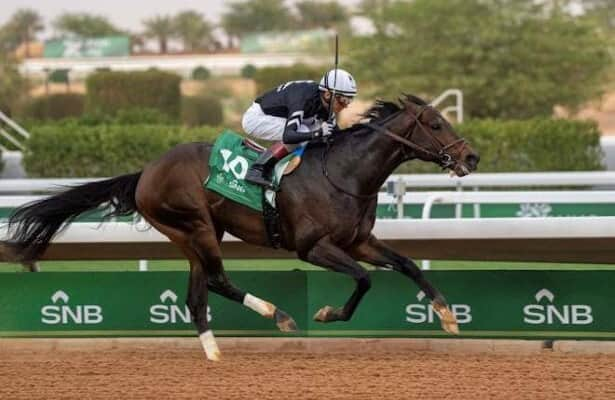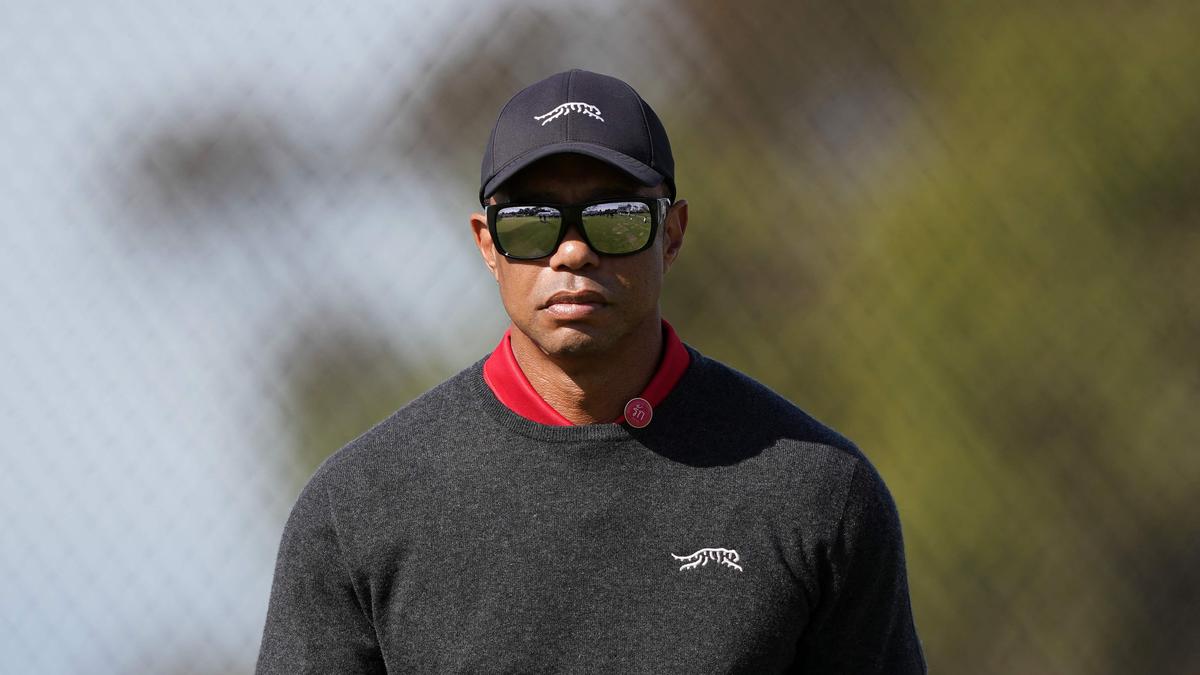Letter to the Editor: Can Horse Racing Return to Being Part of American Culture?

Friday, February 7, 2025 at 10:46 am |
Back to: Top News
Updated: February 7, 2025 at 11:08 am
By Bryan Langlois
I recently finished reading a book called “The Horse God Built: The Untold Story of Secretariat, The World’s Greatest Racehorse” by Lawrence Scanlon. Figuring to maybe get a new tidbit or two about the great horse, I was astonished at how it really was more of a pilgrimage of someone becoming a passionate fan. It covered a lot of information about “Big Red” (or “Super Red” if you feel the former belongs to Man o’ War), but what was much more interesting was how it provided a look at the life of Secretariat’s groom, Eddie Sweat, that I had never heard before. It delved into the man he was, and the life on and off the backstretch so many shared with him. It showed how racing was a way of life for so many–not a job but a passion that evoked great pride by all involved. Time and again, brought him in contact with people, industry members, and fans alike who felt racing was a part of who they were and what they did. It is a book I feel every racing fan, new and old, needs to read.
While at a Pennsylvania State Horse Racing Commission meeting a few months ago, I heard a presentation given by one of the lead investigators for the Racing Commission about a trip taken to Ireland to see how racing enforced rules in their jurisdictions. He mentioned how on weekends, many folks would head out to the track to watch the flat or jump races because it was just, “part of their culture…it’s what they did.”
At a veterinary symposium on farm animal welfare issues about 15 years ago, an anthropologist talked about how exposure to farms and farm animals over the last 50 years has changed. I do not remember the exact percentages, but he said that in the early to mid to late 20th Century, roughly 70-80% of people had exposure to a farm to see and understand what it was about. By the late 20th and into the 21st Century, that percentage had flipped to 70-80% of younger adults never having even seen a farm in person, and that some had spent their entire lives in the confines of the beltway that surrounded cities. It changed what their culture and perspective on things were.
These instances made me think about the way racing in America used to be part of our culture and if we ever could return to some form of that. Racing may still be embedded in the culture of some states, but it clearly has been lost in the mainstream of America. One looks at other countries and it is amazing the way racing is embraced and celebrated there, like Japan and the crowds and betting handle they take in every racing card, and the way fans there embrace the horses and the humans who are part of the racing team. Australia and the “race that stops a nation.” When was the last time a race truly stopped the U.S.? I would argue it was all the way back in 1938 at The Great Match Race between Seabiscuit and War Admiral.
We see all around us how racing is failing, and some owners of racetracks are trying to get out of the business completely. Other places are working to revitalize and modernize the racing landscape by building new grandstands. Will that be enough? Will the everyday person frequent the track enough to make all the efforts worth it? I know it is preaching to the choir, but racing does need a new generation (or several new generations) of fans and handicappers to help racing survive. Real fans who feel racing is part of who they are and what they do. Fans who back that love up with wagering regularly on track.
How do we bring racing back into the culture of America? Can we bring that exposure of kids and adults alike to farms and the horses on them? Can we make them want to know more about the sport and what makes it so great? Some groups, such as “Amplify Racing” and “Light Up Racing” are certainly trying to do this, but it cannot end with them. This is different than fixing some of the internal problems the sport has. This is about making folks want to put down the phone and pick up a program. It is about making the latest move by a trainer to go with this jockey over that one what is being talked about at the water cooler along with the latest baseball news. It is about making the track, and not the metaverse, the place people want to head out to on a weekend day or weeknight for some fun. Can it be done? It can if the right people are allowed to really do what they do best. We can all make racing something that is part of the culture of America again. We have to.
Bryan Langlois is a veterinarian and the Vice President of ThoroFan, a national Thoroughbred racing fan organization.
Not a subscriber? Click here to sign up for the daily PDF or alerts.
Related
Saudi undercard: Straight No Chaser wins 1 of 5 graded…
Straight No Chaser arrived from America with the billing as one of the major equine attractions of this year’s Saudi Cup meeting. He duly dazzled in the Grou
American Reporter Snubs Kentucky Derby and California for Non-USA Horse…
Do you recall when Mike Repole gave an early warning to the American horse racing industry? The American businessman remarked, “You’re not a national sport
Saudi Cup Top Contenders: RATTLE N ROLL
In the days leading up to Saturday’s $20 million Saudi Cup at King Abdulaziz Racecourse in Riyadh, usracing.com is posting profiles of the leading cont
Saudi Cup: Forever Young Draws Outside, Romantic Warrior Inside
For a horse race billed as the richest in the world, there sure doesn’t seem to be much buzz around the $20 million Saudi Cup (G1) in Riyadh, Saudi Ara













